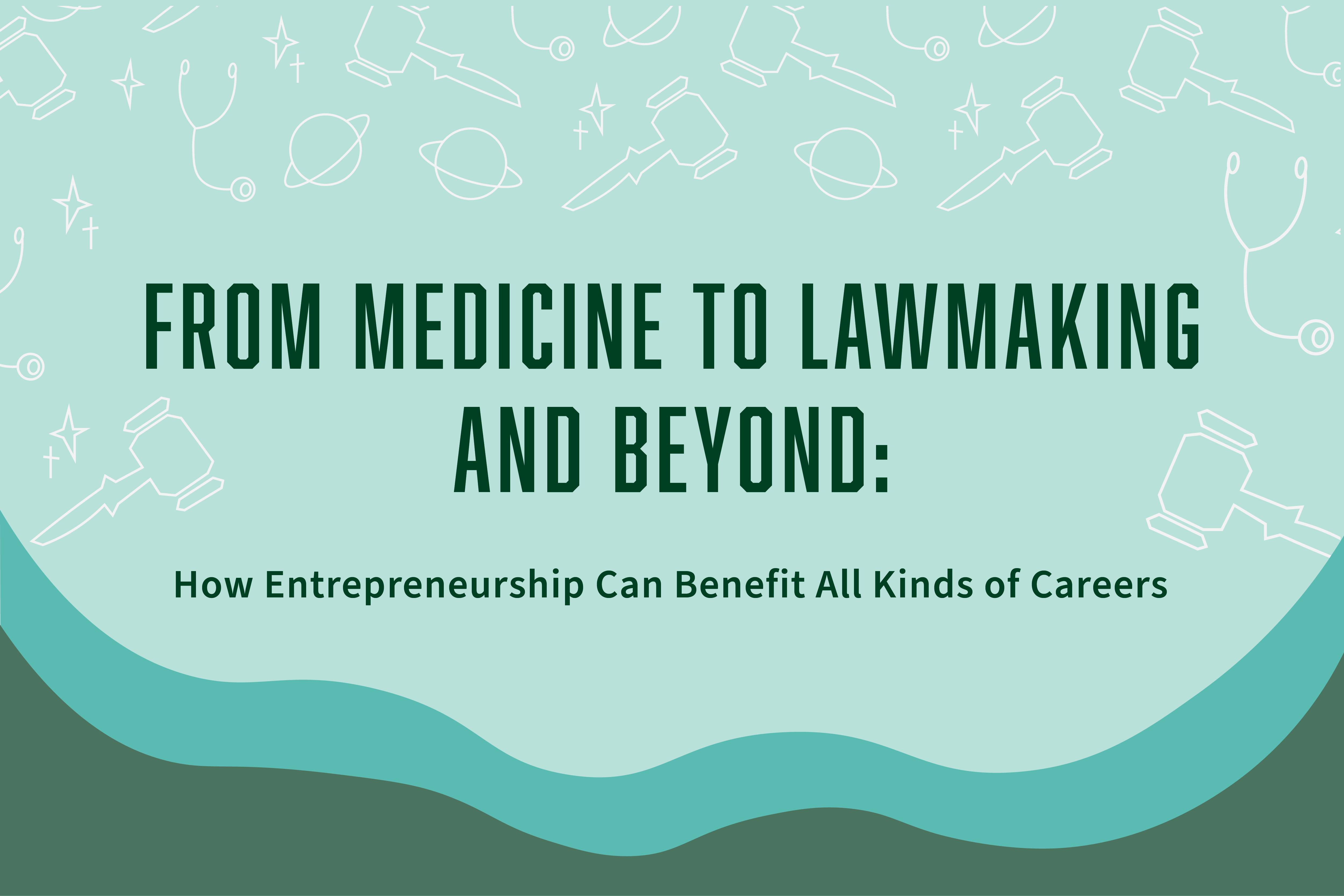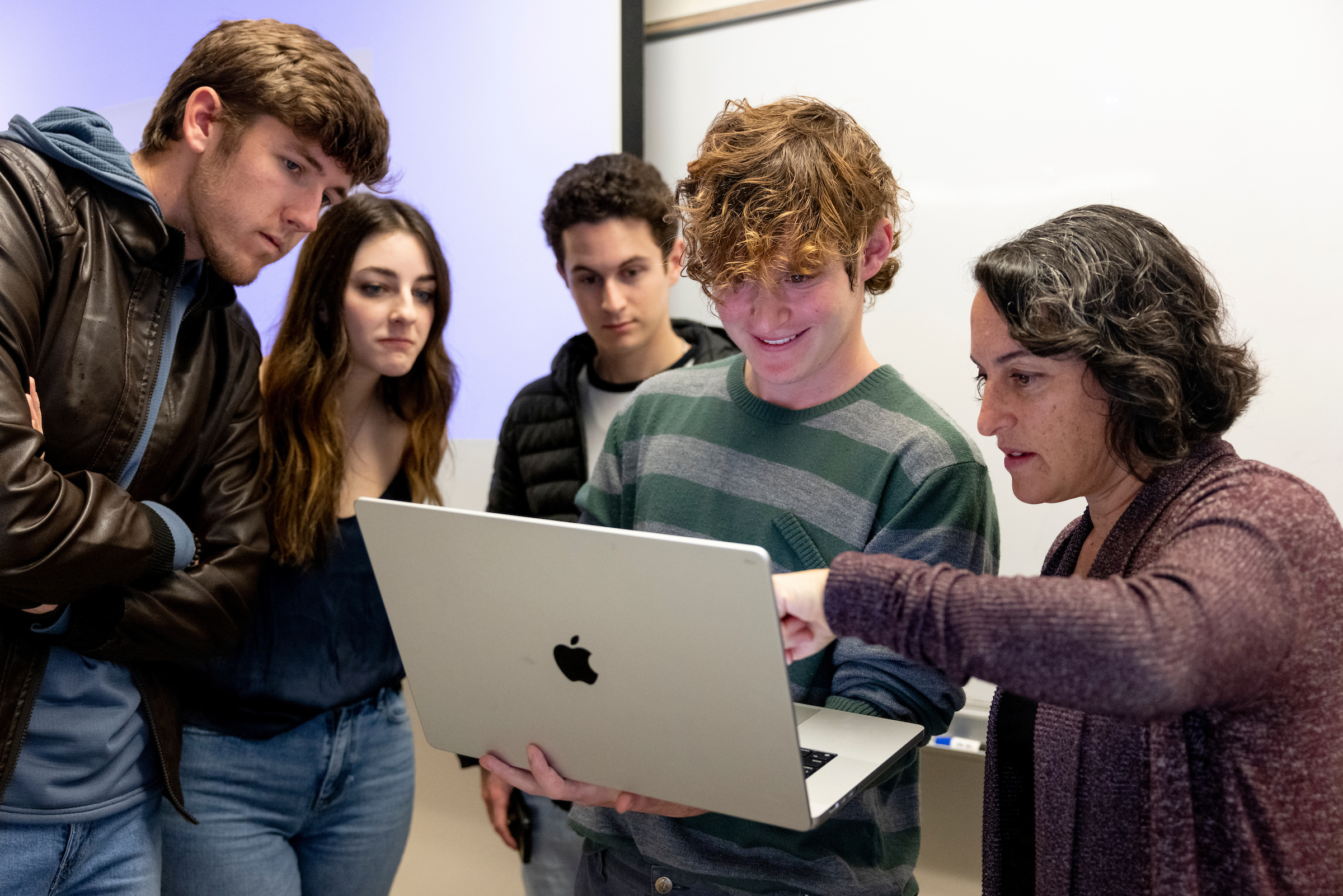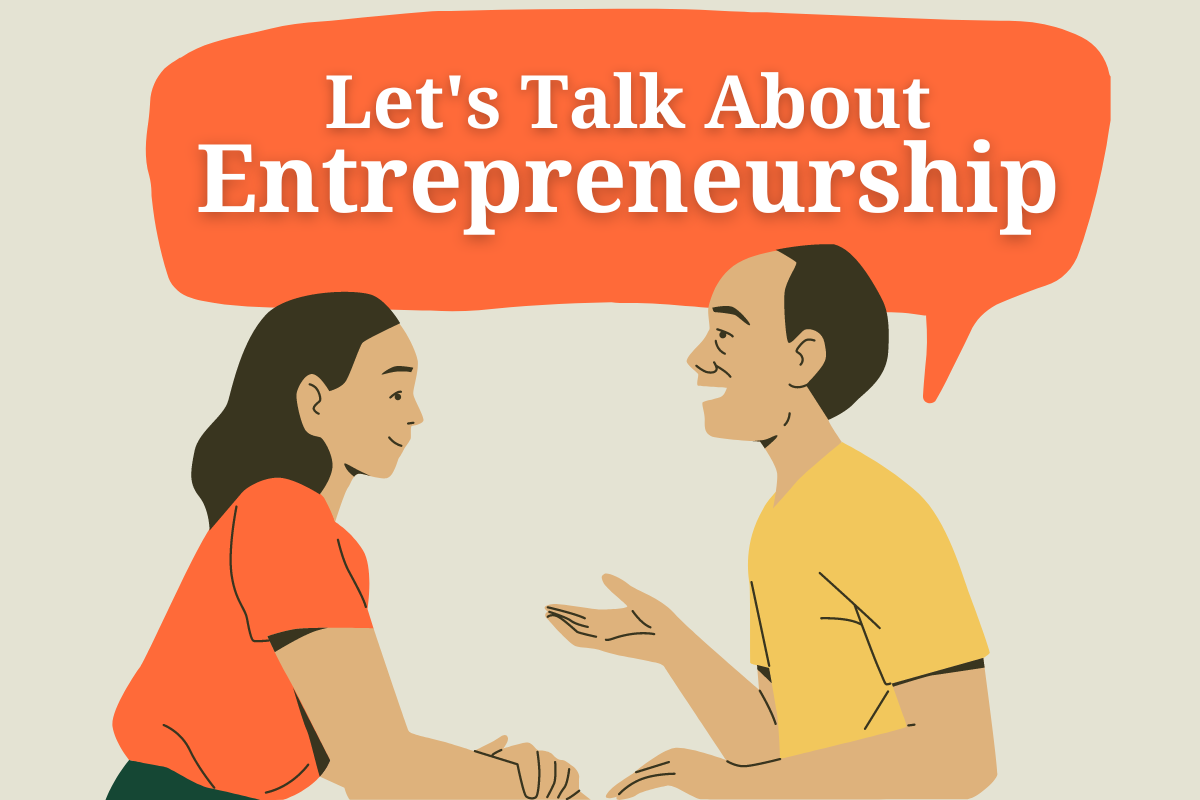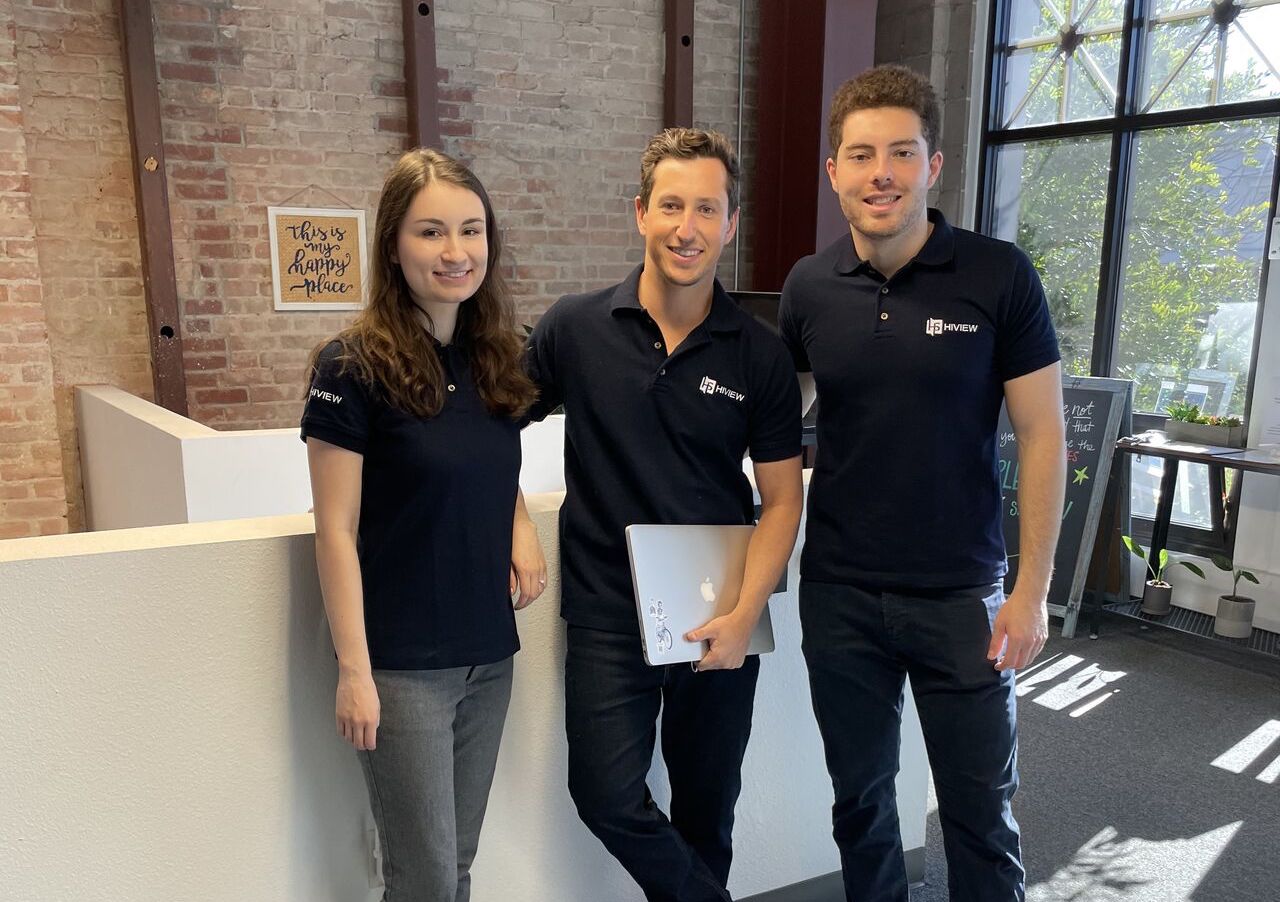Tailored solutions: Intersect Executive Performance redefines peak health for corporate leaders
Logan Jennings’s routine in San Francisco was a balancing act between grueling hours at a hedge fund and workout sessions alongside his friend, and soon to be co-founder and chief results officer, Jacob Hubert. However, a sudden health scare ultimately rewrote his life’s trajectory.
A blood clot in his shoulder threatened his life. It took a close friend’s plea to prompt Logan’s visit to the hospital –– an action that proved to be a critical, life-or-death decision. The forced pause from his usual workout grind and prospect of losing his active lifestyle triggered a profound realization: he didn’t want to keep working for others. The experience ignited a desire to create something more aligned with his passions of fitness and health.
It was during regular hospital visits and recovery support that Hubert and Jennings came up with the idea for their startup, Intersect Executive Performance.
“I started visiting the hospital and thereafter he would come meet me for hours and we would talk and understand what the holes in the fitness industry were and where we could fit in,” Hubert said.
The startup works to provide top leaders with a personalized, data-driven plan on how to best improve all aspects of their health without drastically changing executive’s already busy schedules.
Intersect Executive Performance has a two-part process, which allows them to curate the optimal plan for their user. First, they collect the user’s parameters of work schedules, home life, stress levels, sleep quality, health history, gym accessibility and dietary restrictions. Then they analyze the results of the user’s blood biomarker and gut intelligence testing results.
Afterward, the team works with experts to create a personalized plan to enhance the team’s seven pillars of peak performance: energy, sleep, stress, daily habits, movement, nutrition and focus.
Like Jennings, Hubert was fully immersed in the corporate world after graduating, being employed at a consulting firm and sharing a passion for health and fitness.
“[Fitness] was the only way I was able to stay sane with the amount of hours I was working,” Hubert said. “I was having success in my role, but I wanted that opportunity to grow. I knew that my potential wasn’t going to be as a cog in the machine. My potential was going to be in a place that required me to struggle and not have a safety net.”
Given their shared passion and solace in fitness, the two knew they wanted to do something in health and fitness performance, Hubert said. And their experience working in corporate America provided them insight into their target market of top leaders and executives.
“We found there’s a hole in the assumption around these top leaders having everything figured out. But in reality, they need help balancing,” Hubert said. “When I was working in my consulting firm, a lot of my leaders seemed like they’re handling everything, but they’re struggling to balance it all. They might have been fulfilled from a work perspective, but they felt other aspects of their life slipping as a result of the burden that they take on by being a leader in their business and community.”
Their services are provided primarily virtually, with weekly touch points and opportunities for phone calls and direct messaging to allow executives to continue focusing on their responsibilities.
“Our goal is really not to take up time or add things to an already crowded plate but really be able to blend into their lives,” Hubert said.
With a clear goal in mind, the two California Polytechnic State University, San Luis Obispo graduates turned to the Cal Poly Center for Innovation & Entrepreneurship’s (CIE) Incubator program in the fall of 2022 to gain knowledge in entrepreneurship and startups.
The program helps develop early-stage startups into financially secure and scalable enterprises. Entrepreneurs in the Incubator program are provided with mentorship, funding opportunities and other resources to develop their business.
“Although we both graduated from the school of business, we realized that we don’t know what we don’t know,” Hubert said. “There’s so many different stones that need to be turned, and every time you untorn a new stone, there are 1,000 more stones underneath that.”
Beyond providing resources and knowledge, the Incubator has also provided the startup with a community.
“The killer of startups is a lack of focus. There’s a lot of noise, and the CIE provides a community that has gone through and heard the noise before,” Hubert said. “Even though not every person in the Incubator is in the same industry or solving the same problem, [the Incubator] allows us to learn from each and grow alongside other people who are struggling and growing and learning.”
The team was also introduced to consultant Mitch Emerson, who is now a part of the team’s advisory board.
“Mitch Emerson has had the biggest impact on our growth and success,” Hubert said. “Mitch has technical background, but his operation skills and understanding of what matters what and what doesn’t and how to shift your focus and how to prioritize has been instrumental to our ability to grow and succeed.”
The Incubator program, Hubert said, perfectly embodies the saying, “If you want to go fast, go alone. But if you want to go far, go together,” Hubert said. “The CIE really provides that sense of togetherness.”











